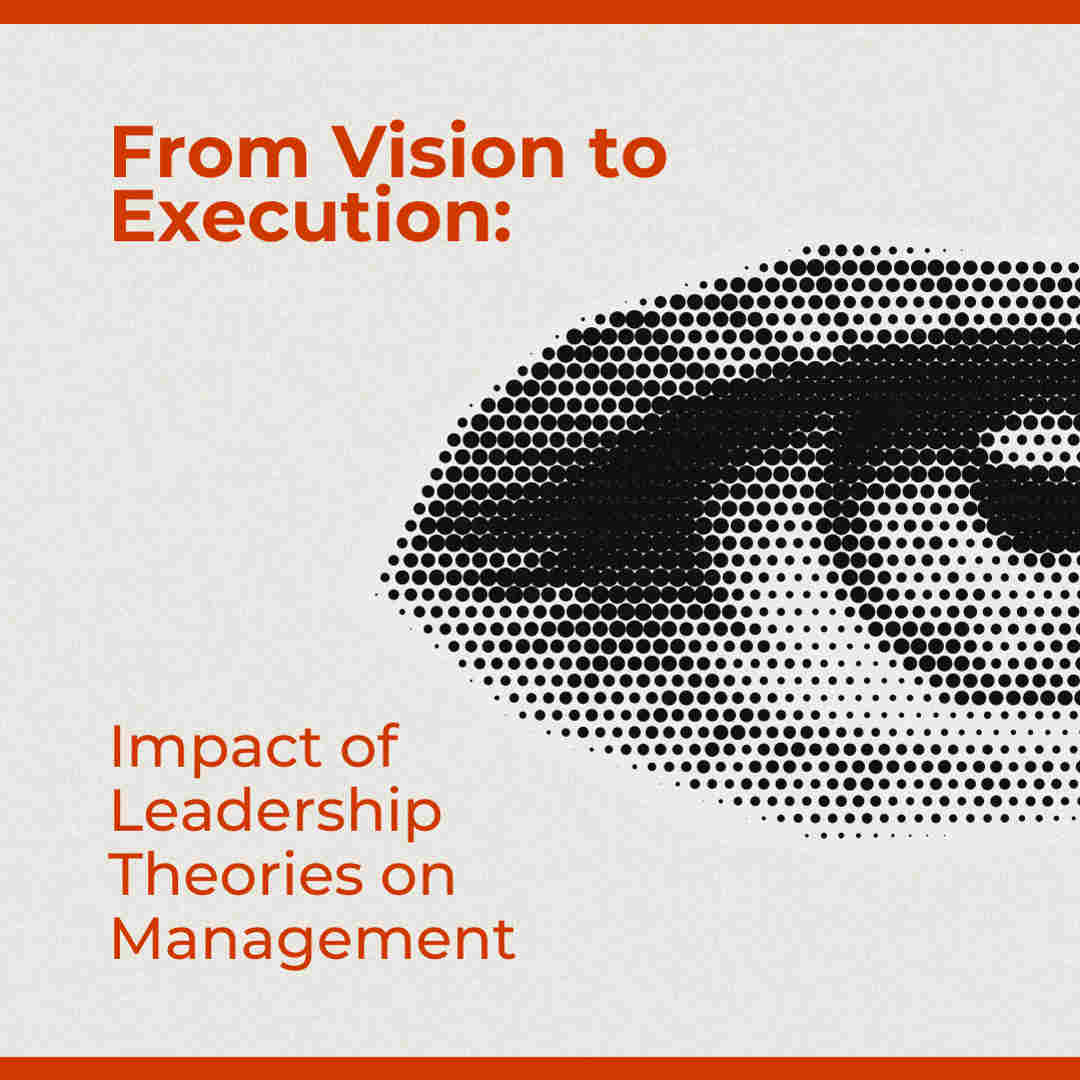Overview:
- Leadership theories are the manual to the management of your company.
- These help in finding out the most suitable leader for your organization.
- A strong leadership is the foundation of a strong and successful management system.
“The very essence of leadership is that you have to have vision. You can’t blow an uncertain trumpet.”
-Theodore M. Hesburgh
The execution of these visions can be done by intellectual and calculated decision-making. It takes motivating members, and taking the whole team/company towards success, all the while maintaining integrity and charisma. And that is who we call a leader.
What Is Leadership Theory?
Managing a company is a big deal and without the presence of an effective leader at the helm, it all falls apart. Leadership theory is the compass that leads you to the right path of selecting the leader needed for a certain company. Sometimes a big diverse group needs inclusive leadership while one with a lot of customer-facing issues requires servant leadership. Inclusive leadership vs servant leadership is just one of the examples of how leadership theory helps in choosing the right captain for your ship.

Key Leadership Theories:
There is a plethora of leadership theories to help any organization/firm choose the commander aligned with their culture and motto. Today, we will shed light on 7 of these.
1. Behavioral Theory:
Behavioral theory focuses on leaders and how their behaviors can be improved depending on their interaction with their immediate environment. This theory believes that anyone and everyone can be a leader by learning essential developmental skills and also through experience. Leaders are not essentially born, anyone can grow into one through the right practices. There are mainly two behavioral categories of behavioral leaders. One is the task-oriented leader who focuses on the improvement and the success of the task. The other is the people-oriented leader, which prioritizes the workforce over the task.
2. The Theory of Contingencies:
Contingency theory believes that there is no one style of leader but the most effective leadership is based on the demands of the situation. The whole of the external environment is taken into focus. These include the team’s needs, the project deadlines, the nature of the assignment, etc. Then comes the decision on how to approach it. Creative tasks may be handled by the team more efficiently when the leader takes a backseat. However, in a crisis, the leader should be the first to make a move and resolve it.
3. The Great Man Theory:
The Great Man Theory is one of the first theories to have ever evolved and goes in stark contrast to the Behavioural Theory. This theory believes that leaders are only born and cannot be made in any way. It innately believes the fact that certain individuals have “leader-like” qualities that others do not possess. These “qualities” include glamor, wisdom, assertiveness, and decisiveness and these cannot be adopted. Another tenet of this theory is that great men have emerged as leaders at the needed time throughout history. Mahatma Gandhi, and Abraham Lincoln, are some of the names that are cited in view of support of this.
4. The Trait Theory:
This theory is taken as the basis for recruiting many leaders in an organization. The trait theory is one that kind of expands on the Great Man Theory. While there is nothing called “leadership genes”, there are certain qualities and traits seen in individuals that offer them advantages as a leader. Some of these traits include communication skills, confidence, emotional equilibrium, competence, motivational mindset, quick thinking, etc. While all of these might not be present in one individual, it is good if some are present. Otherwise, any skill can be obtained through rigorous training.
5. The Situational Theory:
Akin to the Contingency Theory, the situational Theory also believes that leadership adapts to the demands of the circumstances. This theory mostly divides the actions of the leaders into four categories. In one case, leaders direct their instructions thus guiding the team much like a coach or mentor. This coaching has to be taken up by the team for skill development and the leader offers support, much like a mentor. In the process of supporting, the leader engages the team in decision-making processes and also in problem-solving. Delegating tasks to the team makes the leader trustable while also providing autonomy to the staff. The leader is free to provide mentorship and advice.
6. Transactional Theory:
If your goals are to boost the productivity of the company, then this theory is set to be at your rescue. The transactional theory focuses on clarity and straightforwardness while also keeping a structure and a hierarchy to follow. It believes incentives should be given to the hard workers who achieve goals regularly. This works as a huge cause for motivation and boosts productivity manifold. Transactional leadership helps in achieving short-term goals and maintaining a structured and stable environment in the workplace.
7. The Theory of Transformation:
Clear vision and communication are the main focus of the theory of transformation. The leaders who follow this theory are like coaches who mentor you and push you to your highest potential. They motivate the team to create a sense of enthusiasm. This theory is also a controversy related to inclusive leadership. This coupled with a sense of purpose fosters a culture where productivity is high and improvement is a daily activity.
There are many more such theories and different styles of leadership based on them. Some of them have grown less in importance over the years while the others are still followed. Next, we delve into the reasons why these theories are still a lesson in building an effective management system.
Why Are These Theories Important?
Leadership is critical to the success of any organization. As the times evolve, so do the workplace culture and rules. Leaders also need to embrace these changes and these theories serve as the road-maps to their destination.
Be it choosing the right leader or making a pivotal decision, Leadership Theories always come to the rescue. In order to be a good leader, you have to align your ideals with the goals of the company. This means optimizing your decision-making according to the prioritized needs. Not only that, but internal conflicts, and complex cases also need the supervision of an experienced eye. These theories cater to the making of a leader who is adept at all of these.

Applying Leadership Theories at the Workplace:
Leadership theories can be applied to the workplace in several ways. You can become a thought leader or take into account the larger picture. You can choose to think and act proactively and with optimism, listen to others, and take their opinions into consideration.

You could just keep one goal in mind and work towards that while building your company around it. It all depends upon your priorities, workplace culture, your client’s demands, etc.
Conclusion
Theories just act as a guide in this intricate world of management. But in reality, there is a lot more to leadership than just that. Embracing change, paving new paths, and inspiring the new generation are some of the ways. As times change, so do decisions, problem-solving strategies, and cultures. Leadership theories guide the company in choosing a figurehead who will lead the company toward success.


